If you’ve ever wondered why American prisons are, overall, failing to reduce recidivism, you’re in good company with the International Prison Cohort, a project sponsored by the ARrow Center for Justice. As one of approximately 20 Cohort members, I’ve traveled to Norway, Germany, Brazil, and the United States to learn about innovations that differ from the typical American corrections model.
I can tell you that the most successful systems are often guided by the social science that everything is paid forward: trauma, cynicism, and anti-social attitudes, as well as respect, dignity, and grace. Our Cohort findings are already igniting a spark to enact positive changes and bring best practices to the U.S. criminal justice community.
Most recently, the South American country of Brazil offered our Cohort a tapestry of profound experiences as we set foot in São Paulo, the heart of Latin America and the largest city in the world with an estimated metropolitan population of 22.6 million.
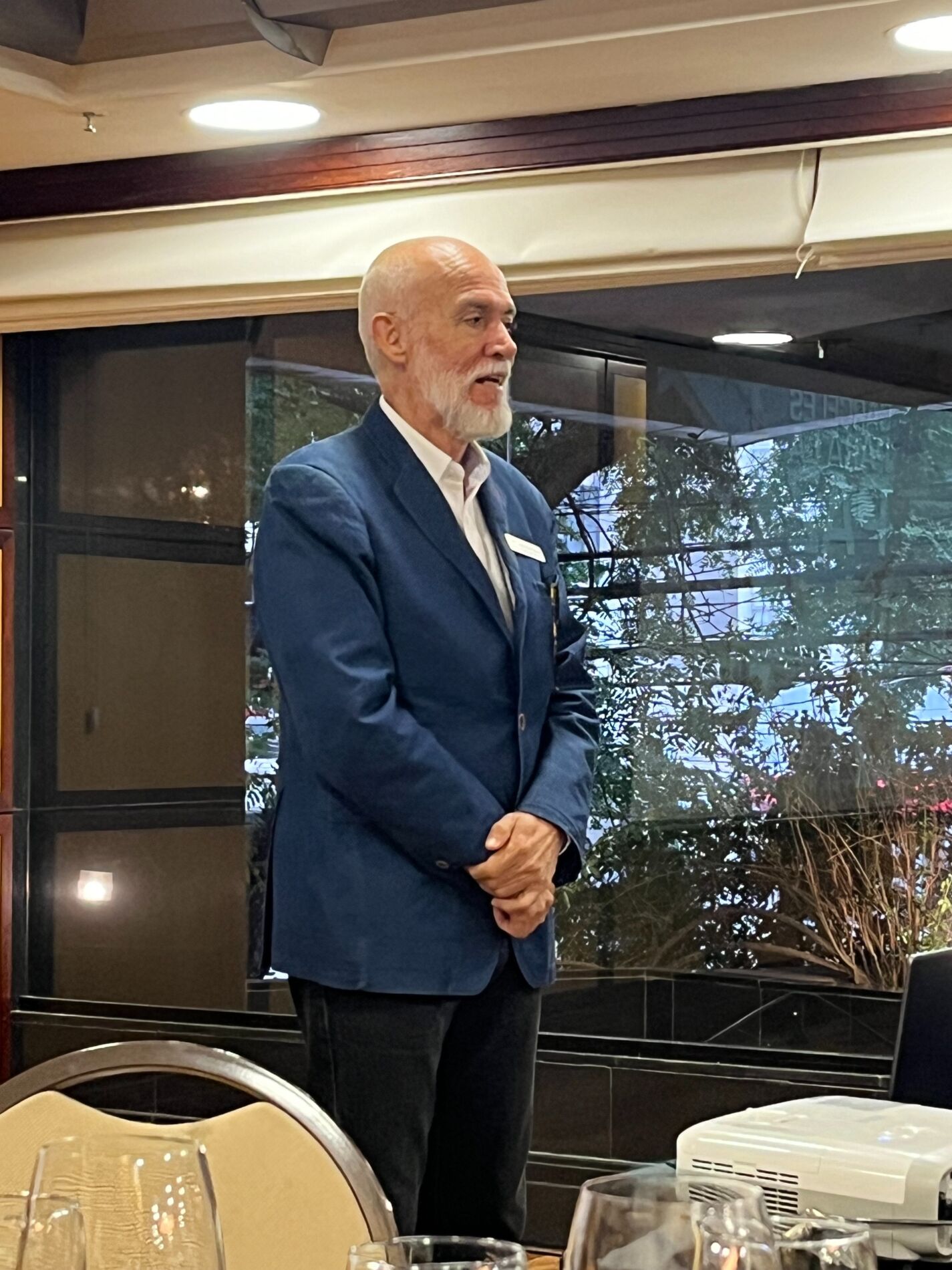
The Cohort first gathered for dinner with guest speaker, Juan Guillermo Sepúlveda, from Bogota, D.C., Colombia. As the founder of Fundación Colombia Restaurativa whose missionis to disseminate, promote and implement culture and restorative justice in Colombia, Juan tearfully recounted the story of his father being murdered by a worker on their farm.
As a prosecutor in Columbia, in 1991, Juan negotiated the surrender of Pablo Escobar, and he has implemented two courses inside Columbia prisons: Restorative Dialogues for Urban Reconciliation and Social Peace from Prisons. Juan told our group, “Latin America urgently needs to start making interventions in restorative justice. It humanizes justice, contributes to coexistence and improves citizen security, in short, it contributes to democracy.”
As I prepared for our facility tours, I was struck by the parallel of the two states I represent in my work at Right On Crime, Louisiana and Mississippi which rank number one and two with incarceration rates per capita in the United States. Our Cohort would be visiting the city of São Paulo and Pouso Alegre, each of whose states are number one and two with the largest incarcerated populations in Brazil. Despite our differences, many incarceration issues know no borders.
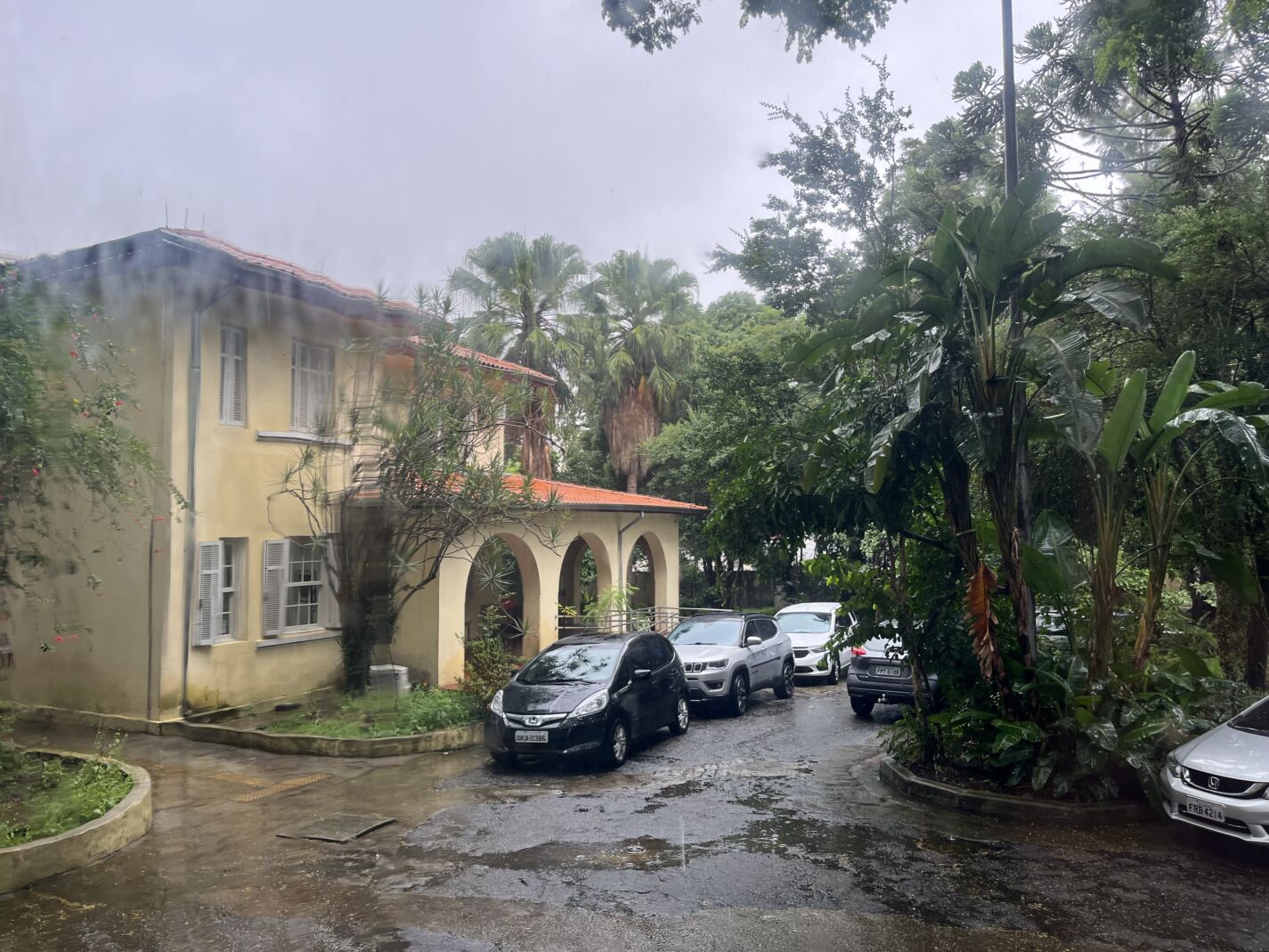
Our first tour took our Cohort to the Escola De Administracao Penitenciaria (School of Penitentiary Administration), EAP, where we were warmly received by Secretary Marcello Streifinger, Secretariat of Penitentiary Administration (SAP), Director Gisele Silveira Rodrigues and a group of staff members who generously provided us with coffee and a taste of Brazilian desserts. The EAP is the training department for the SAP.
Within the EAP, a staff of 50 employees is responsible for the annual training of 1,100 correctional officers, referred to as agents who undergo an extensive 408-hour training program and participate in a three-year probationary period. This workforce of almost 30,000 agents supervises more than 197,000 incarcerated individuals across the state of São Paulo, and yet they earn a meager $600 per month. The monthly cost to house an inmate is approximately $400.
With an overarching goal of reintegration, correctional officers are often referred to as “reintegration officers.” One of the biggest challenges is ensuring that agents comprehend the intricacies of the reintegration process and are equipped to assist individuals with preparations for “another life opportunity.”
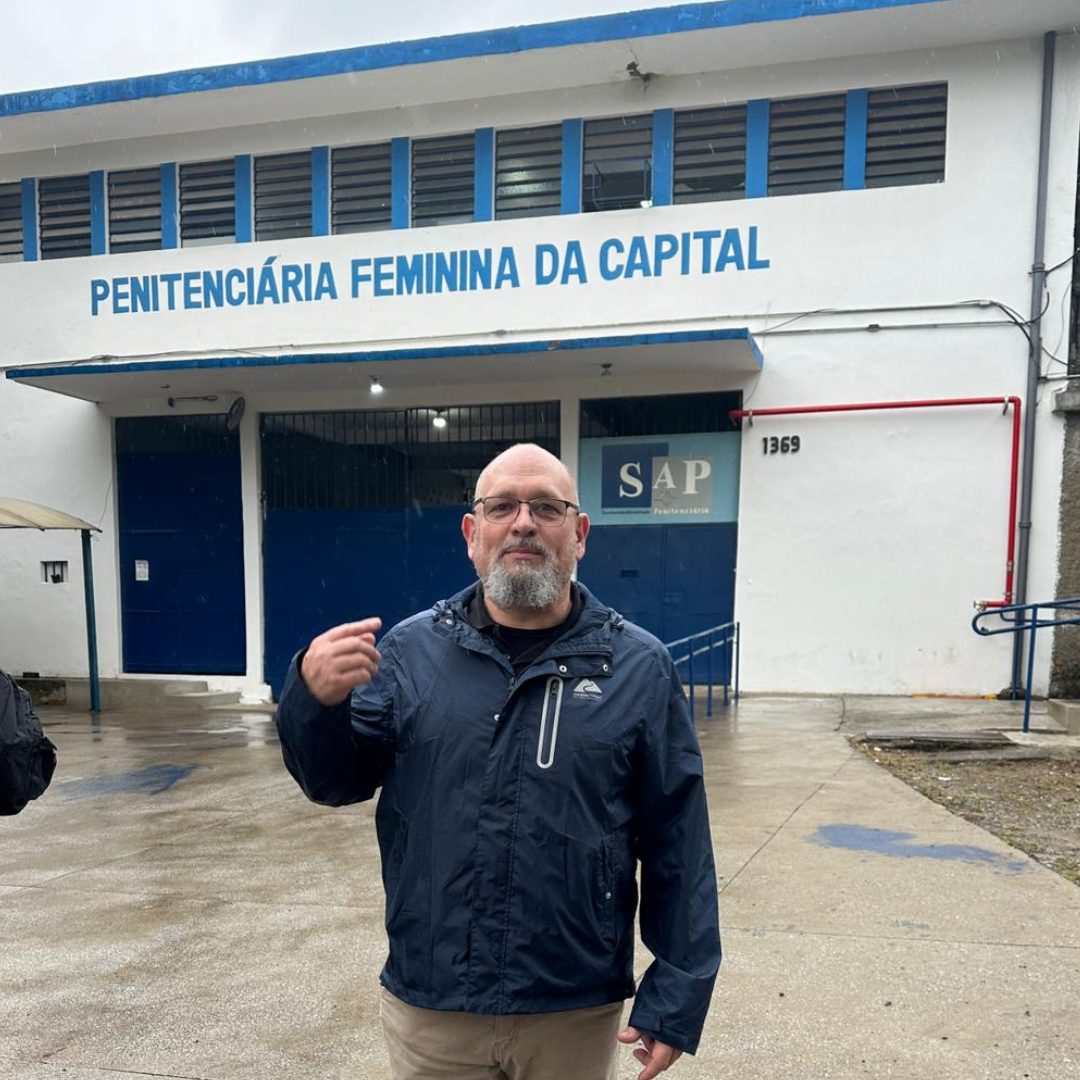
That ideal was evident on our second day as we visited the Penitenciaria Feminina Da Capital, the largest and oldest women’s prison in São Paulo. With a designed capacity of 627, it currently houses 682 women. The incarcerated women are referred to as Reeducanda, loosely translated “those to be re-educated,” rather than the conventional term “inmates.”
We were shown hospital dorms, worker dorms, workspaces, and we joined a lunch experience with the staff as we ate the same food as the incarcerated individuals. Women were also crafting specialty linens for hospital use and bags for baby items. In the maternity ward, several women were proudly holding their babies and showing the young children to our group. Women can stay with their babies for up to six months before efforts are made to relocate them to homes, preferably with family members.
Our third tour took us to the Presidio DA Policia Militar “Romao Gomes” PMRG, which is a prison that houses former police officers who have committed crimes. There are three classification stages in this facility. In the first, individuals are in the closed system with two individuals per cell, or 10 per dorm. The second and third stages are housed in dorms.
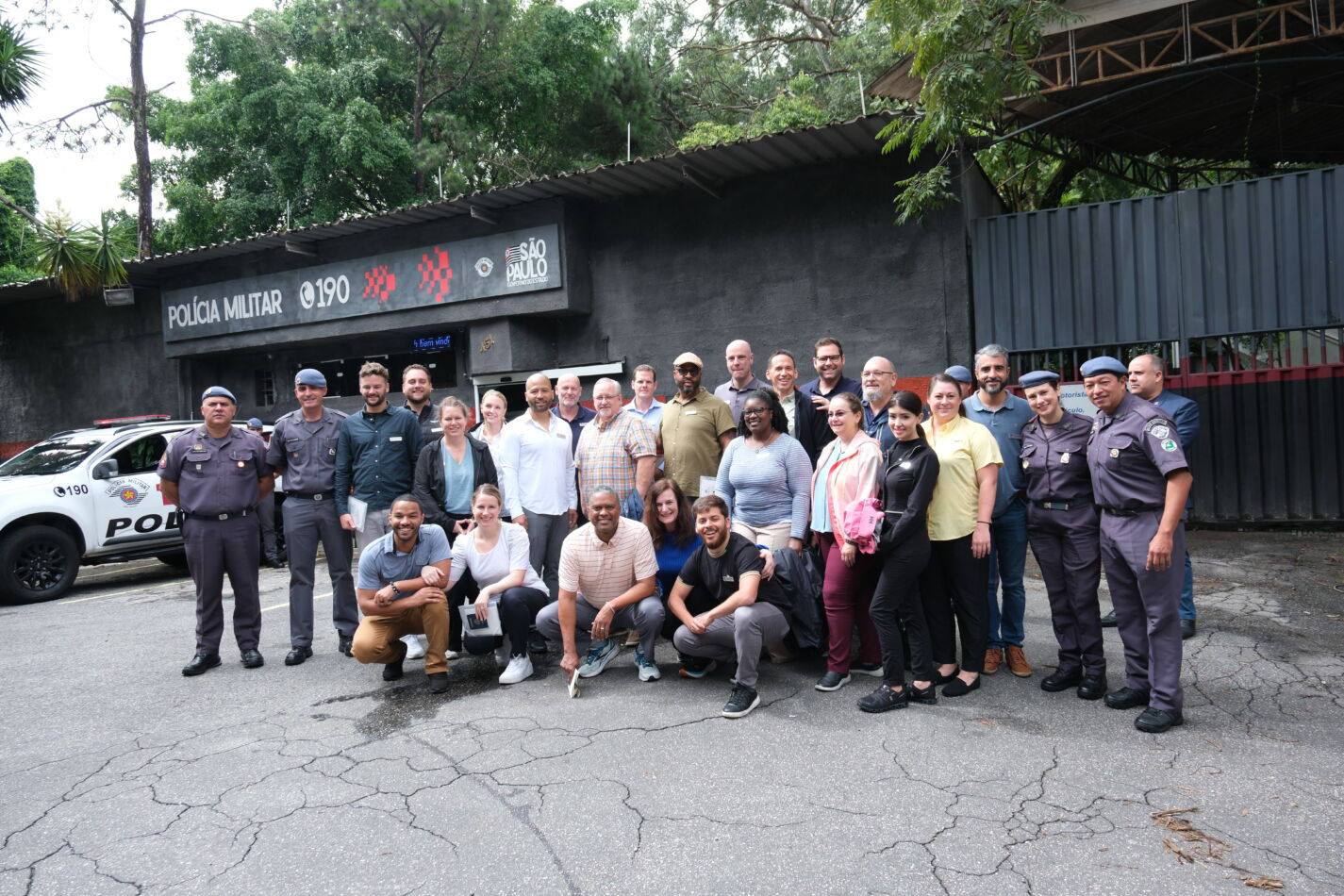
Unlike other prisons in São Paulo, the staff of 150 at this facility are all police officers that have been selected through an internal process. The goals of this facility are social re-integration and to help create opportunities for those incarcerated when they leave. According to the staff, the objective of the facility is both noble and difficult.
Remarkably, recidivism stands at a mere 3% after five years, a stark contrast to the nationwide Brazilian rate of 70%. Staff attribute this success to stringent control, discipline, and diverse rehabilitative activities. Also surprising is that 70% of those incarcerated at this facility are serving sentences for a family related homicide. In Brazil, murder carries a 13–30-year sentence.
The staff provides opportunities by focusing on three major points: dignity, work and humanity. There are religious, psychological, health, dental and public defense resources and all individuals are provided psychological evaluations. There are incentives for those who work to receive one day reduction in their sentence for every three days served. And for those who read books and take exams, individuals can earn four days off their sentences each month.
Some of the work-related activities pay a salary, and like the women’s facility we visited earlier, outside companies contract with the facility. In-house and company partnerships allow for wheelchair assembly, bakery, sewing shop, barber shop, and agriculture products such as raising chickens and selling eggs. There is even a public car wash within the prison that offers services to the community.
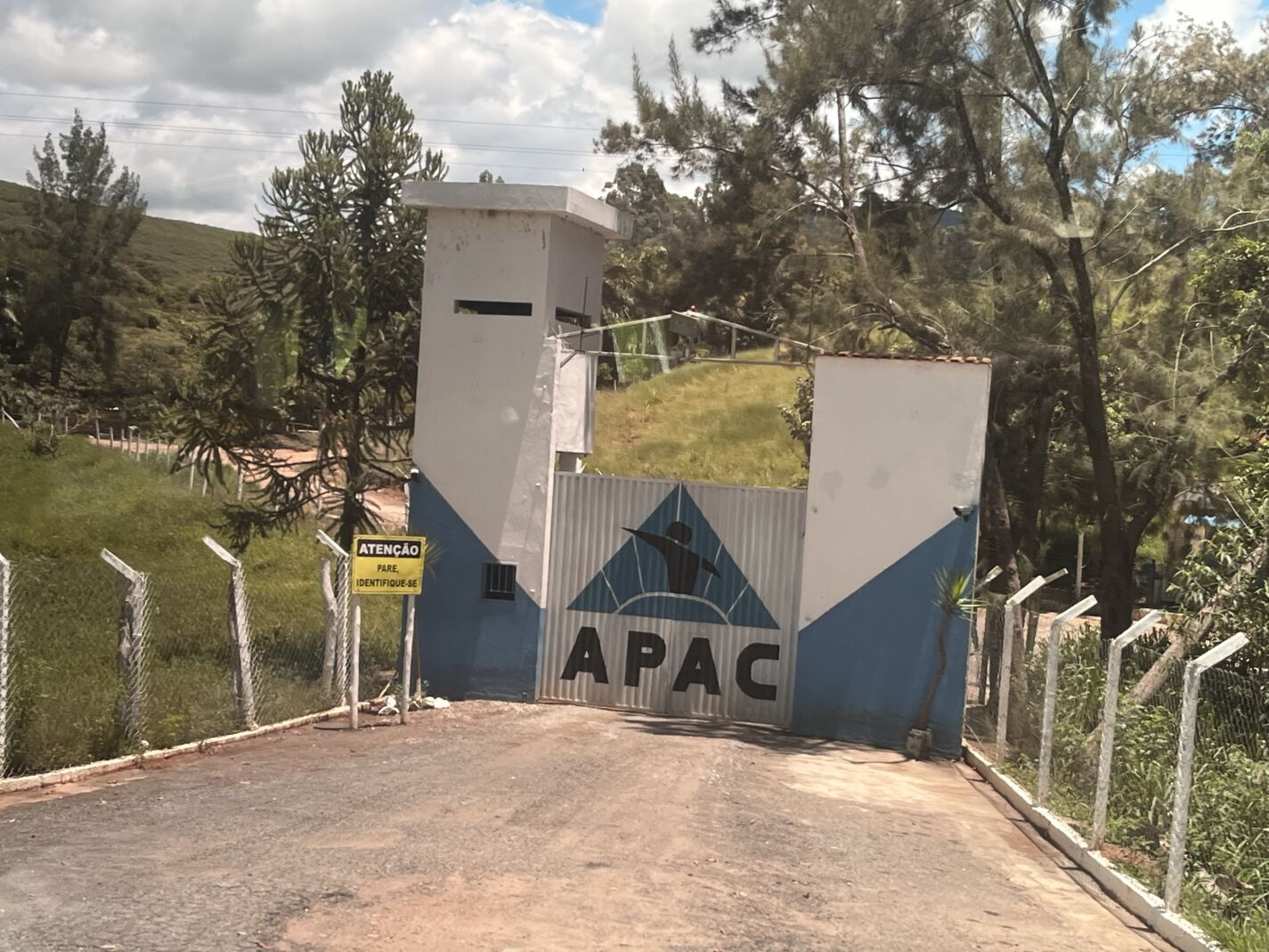
Next, we traveled outside of the state of São Paulo to Minas Gerais on a three-hour bus ride through the beautiful Brazilian countryside to the city of Pouso Alegre and a facility operated by the Association for Protection and Assistance to Condemned (APAC). APAC was established in 1972 under the leadership of Dr. Mário Ottoboni, an attorney and journalist, and today there are 68 APAC facilities across Brazil.
APAC operates independently of the government with no prison guards and a staff of 20 APAC employees and a resident council supervising the nearly 200 individuals serving sentences. Operations maintain the objective to promote the humanization of prisons, without losing sight of the punitive purpose of the sentence. The purpose is to prevent the recurrence of crime and offer alternatives for incarcerated individuals.
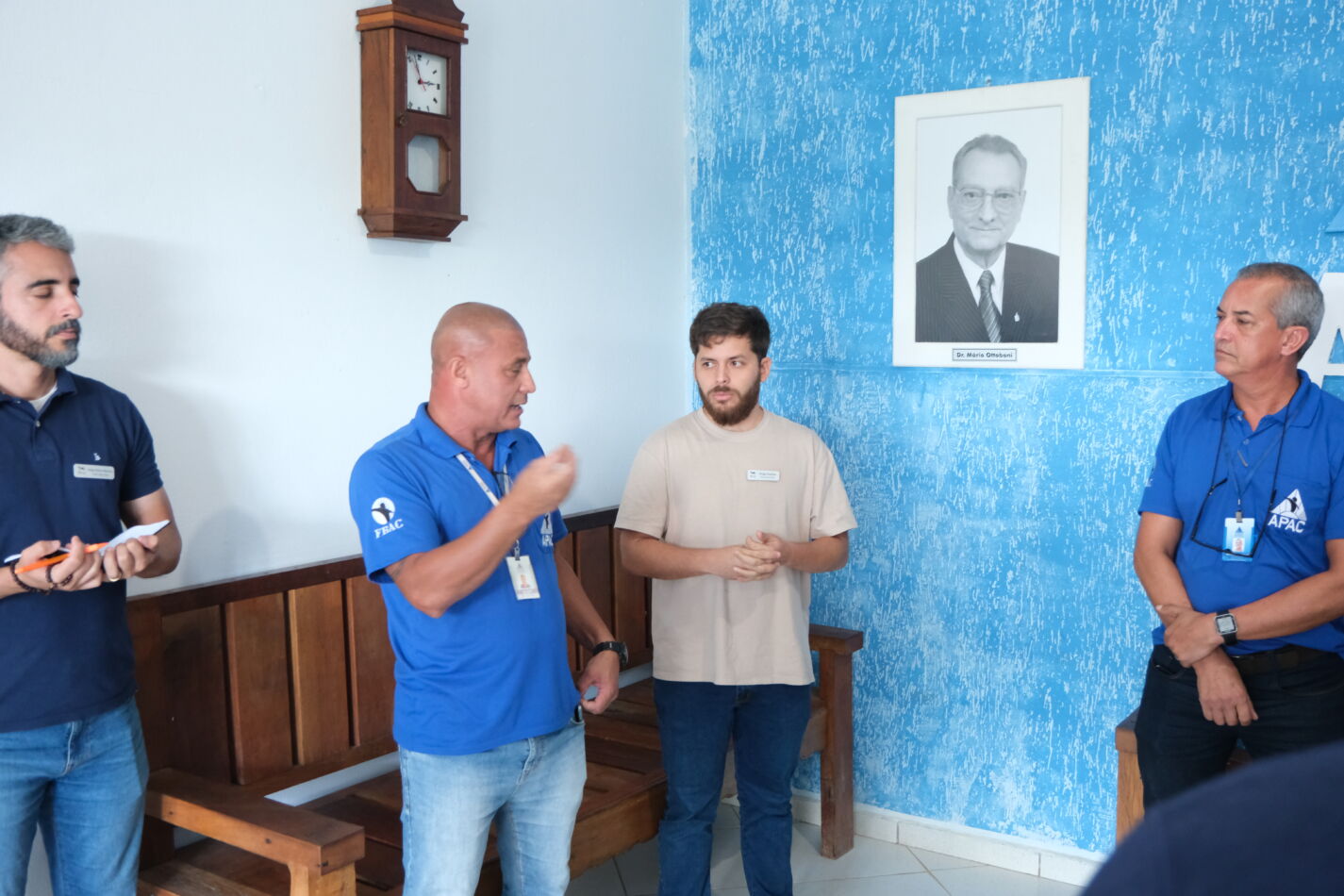
To be accepted at the APAC facility, a judge submits a request to the prison for assessment with a waiting list of more 300 individuals. The average wait time is approximately a year. In this APAC facility, incarcerated individuals are either from Minas Gerais or they committed a crime in the state. The director of this facility served almost 20 years for armed robbery, and since his release, he has worked for APAC for 14 years. As he shared his journey from inmate to director with our group, he ended with “God did not forget about us.”
During the first stage at APAC facilities, all new residents are in a therapy ward and the time spent is considered a healing moment. This is a time for the resident to realize that the same hands that committed crimes, are also the same hands that can be creative. The following statement written in Portuguese “Aqui entra o homen, o delito fica la pora” is above the entrances to APAC facilities. “Here the man comes in, the crime stays there.”
During the second stage, the resident begins to learn a profession, and the last stage involves reintegration into society by working outside the facility and in the community. In addition to APAC staff, nine residents make up the “resident council” that serves to address disciplinary issues at the facility. The facility operates with the principles of honesty and solidarity. According to the staff, 85% of all disciplinary infractions are minor and major disciplinary infractions account for 5%.
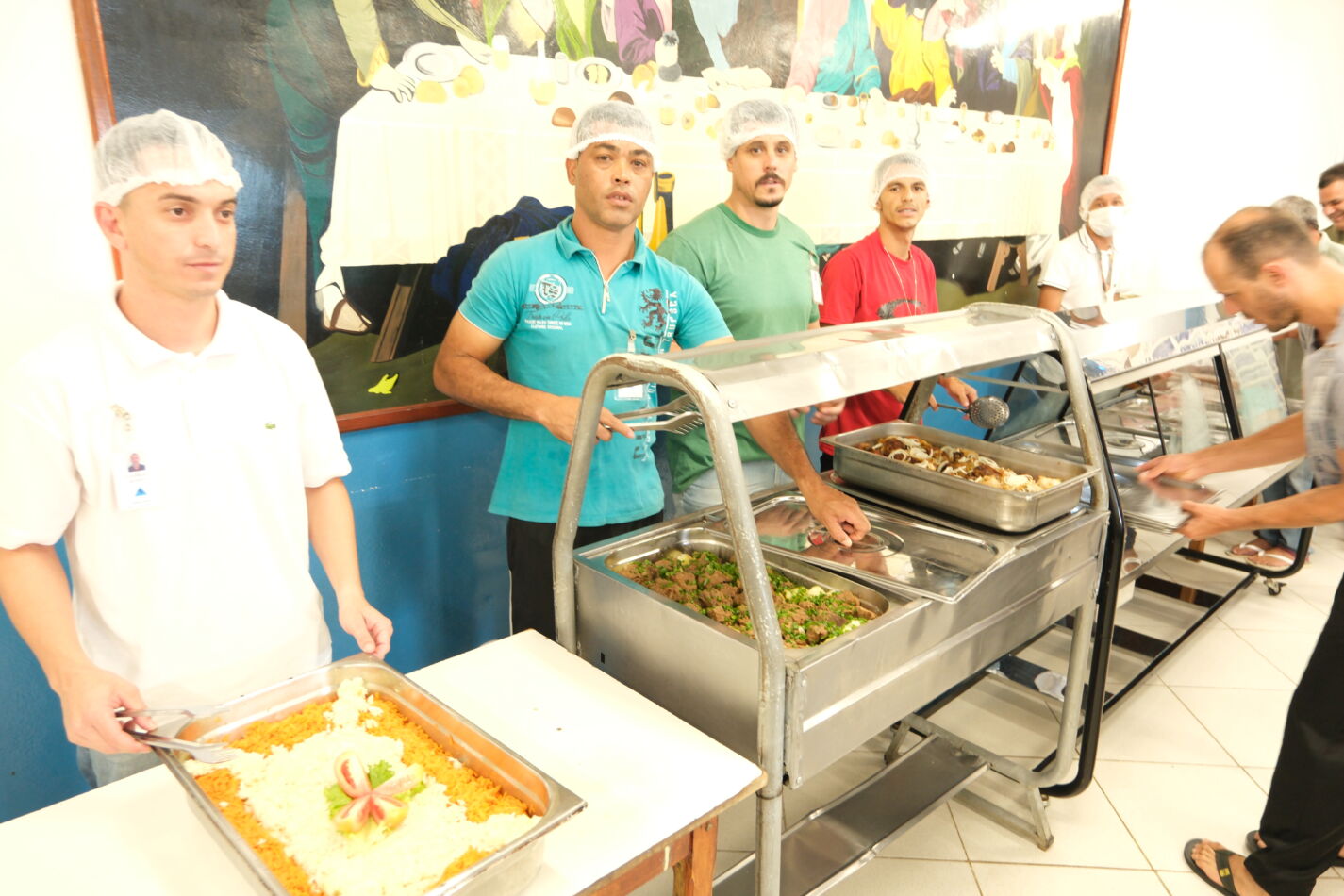
There were numerous classrooms and technology devices available to allow residents online university access. Residents are also expected to attend weekly religious services, and our Cohort was treated to testimonies and hymns sung by both residents and staff in the chapel. It was a moving service that ended with a blessing from the residents for the Cohort.
APAC has a 13% recidivism rate. The staff works with companies in the community to search and secure employment for individuals upon release. According to the staff, the stigma of prison is diminished for those who are residents of APAC.
As I write this, I’m in Colorado and will end in North Dakota with the Cohort as we tour innovative prison programming here in the U.S. With each tour, I hope to take what works, what motivates those working within correctional systems, and translate the most innovative concepts and best-practices in my work at Right On Crime.
I will continue my efforts to help build a better working environment for those in corrections and a transformative encounter for those incarcerated. Public safety depends on what happens inside the walls of our prisons to effect positive changes for those incarcerated and the communities to which most will eventually return.